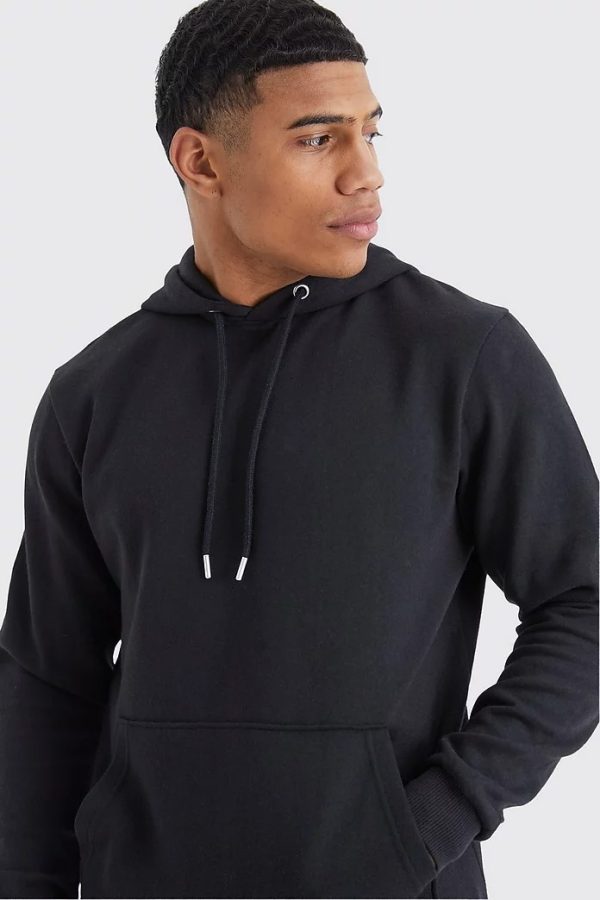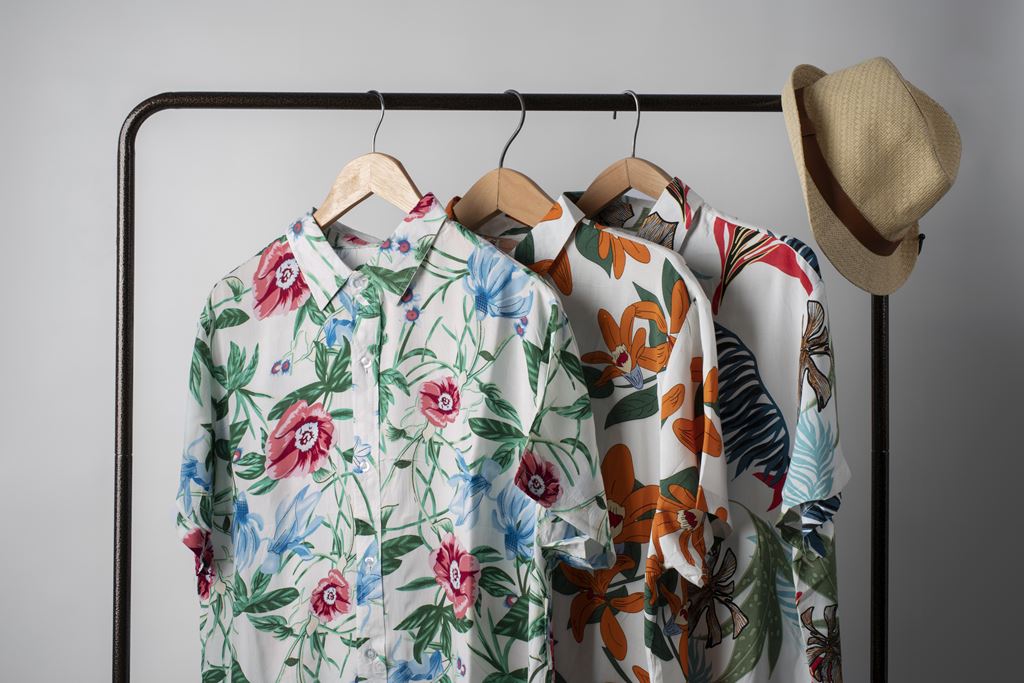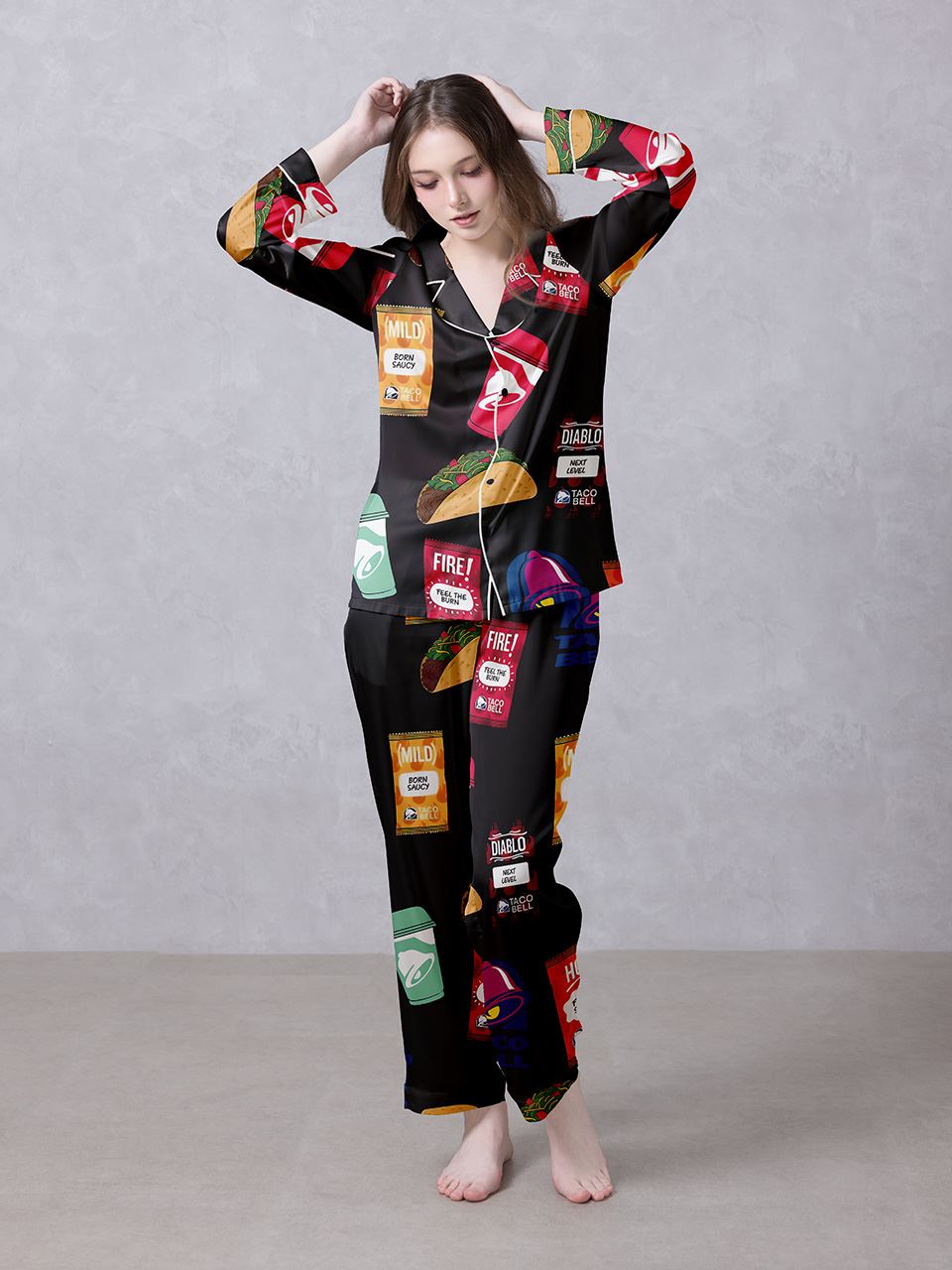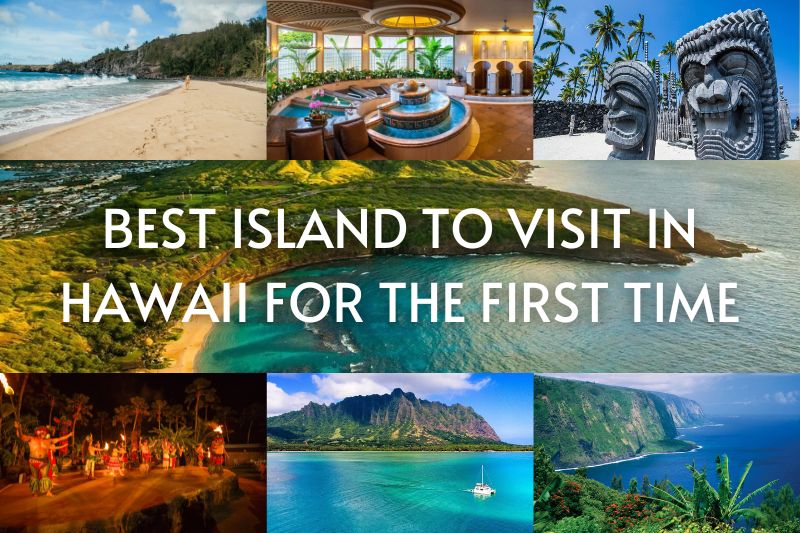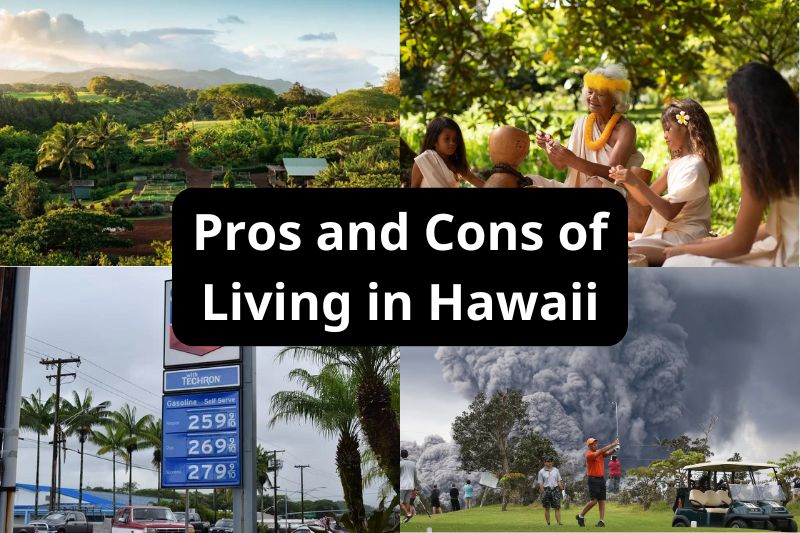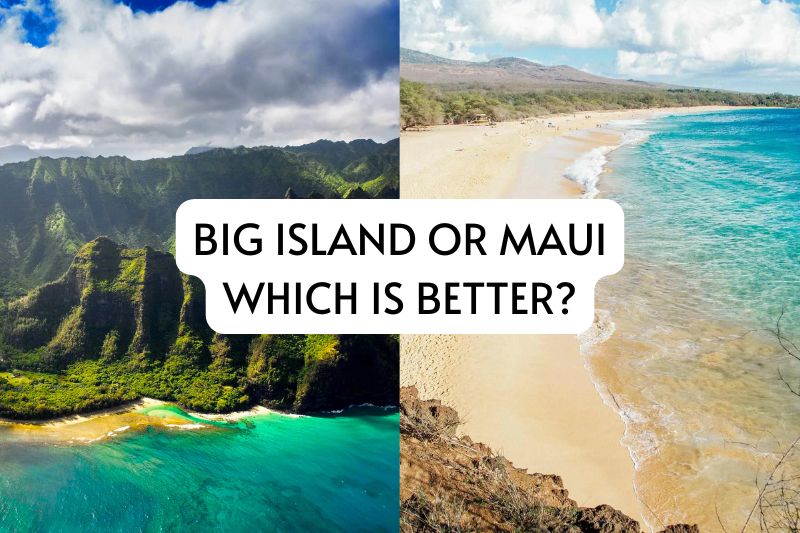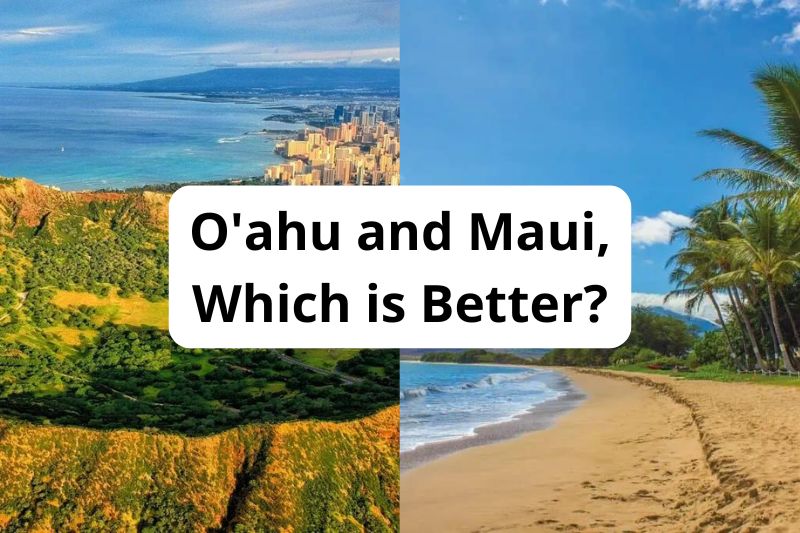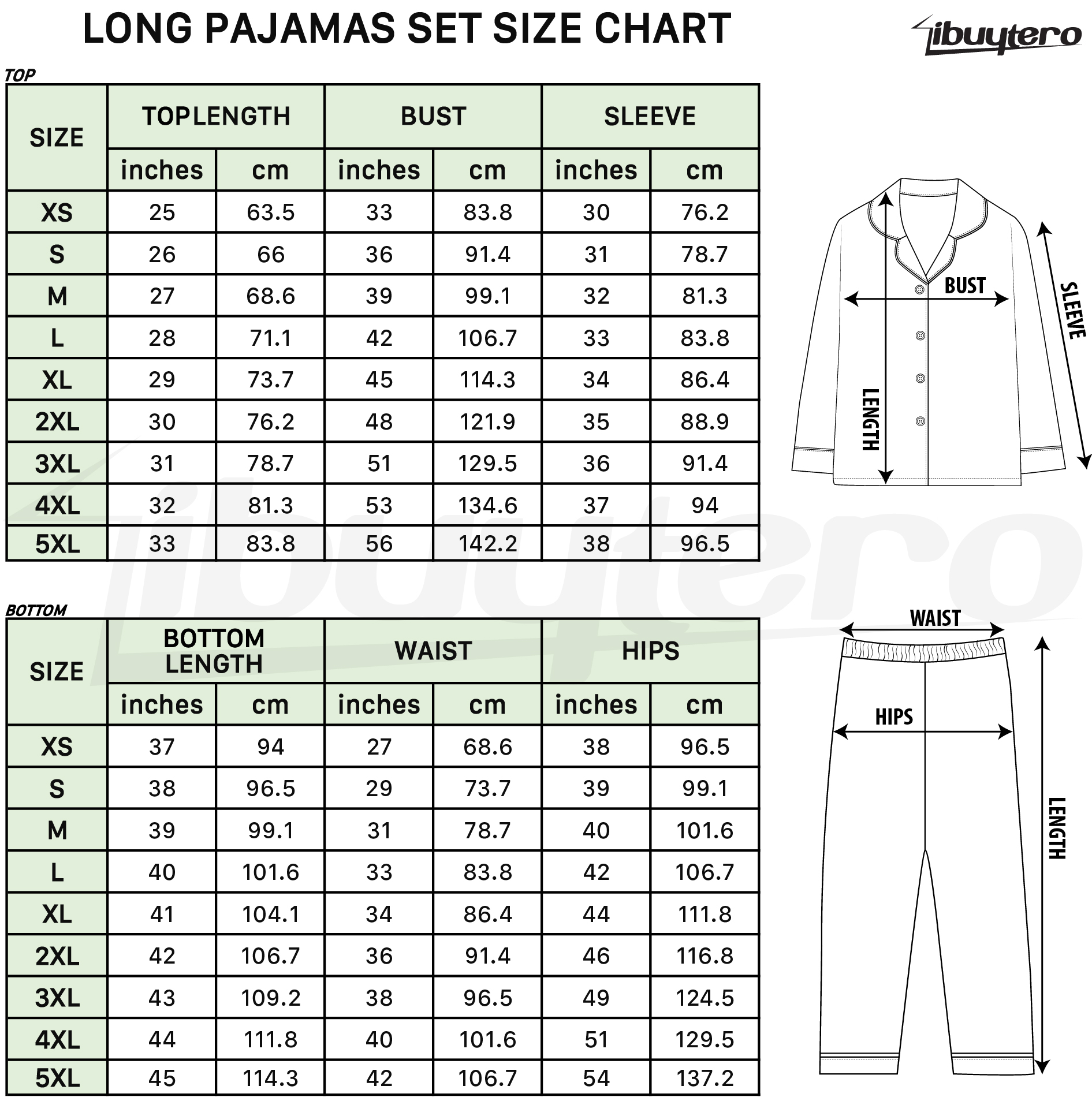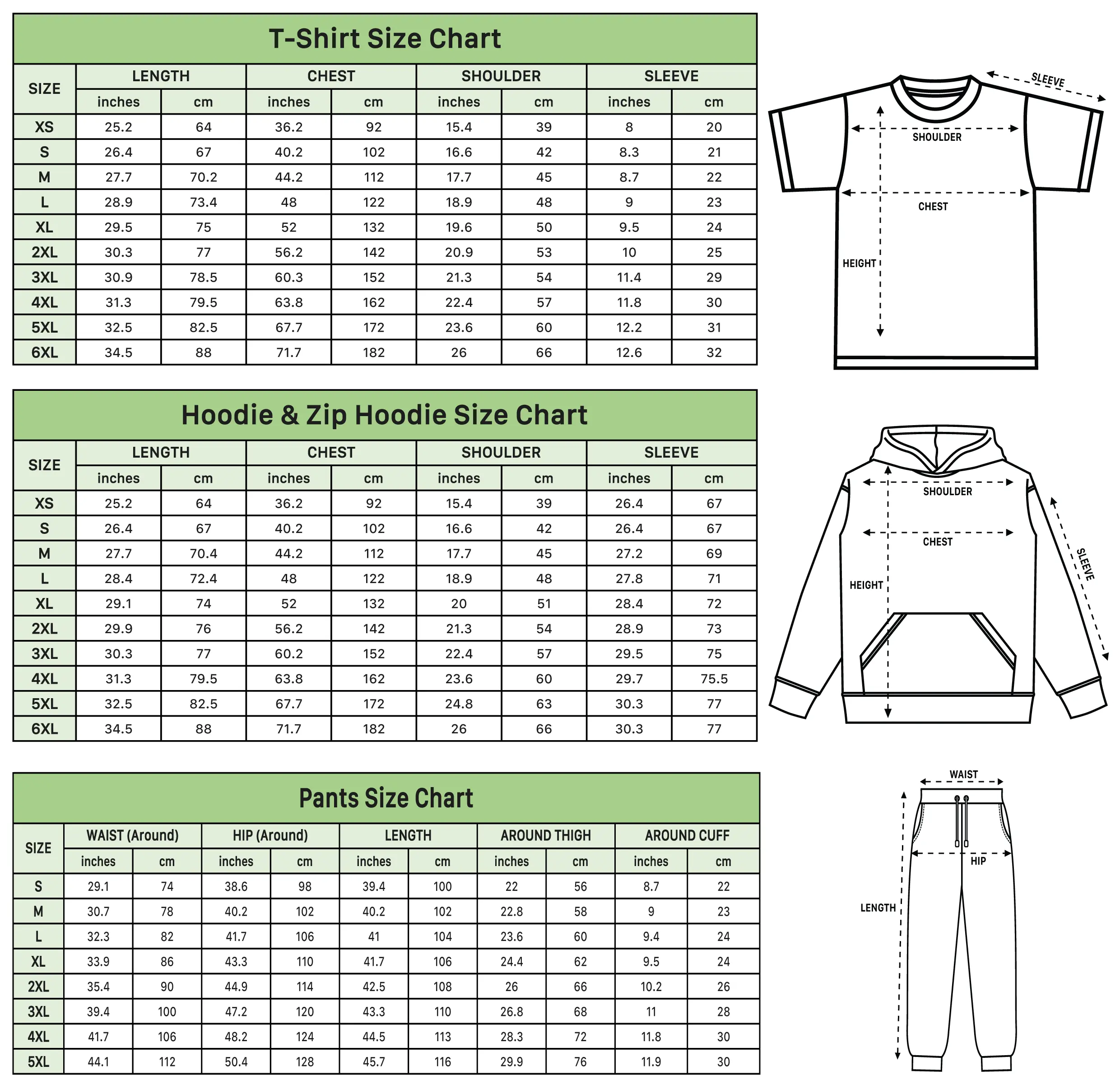When is the Best Time to Visit Hawaii?
When planning a trip to the tropical paradise, one question always arises: “When is the Best Time to Visit Hawaii?” The answer depends on weather, events, costs, and personal preferences. With stunning beaches, lush rainforests, and a vibrant culture, Hawaii offers something special year-round. However, to fully enjoy your experience, it’s essential to consider what time of year best suits your travel needs.
I. When is the Best Time to Visit Hawaii?
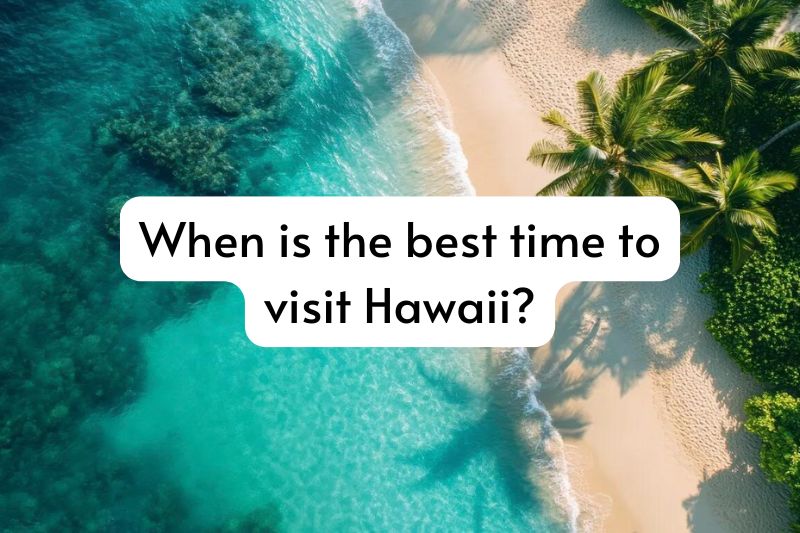
1. Weather in Hawaii Throughout the Year
Hawaii’s climate is tropical, but it varies slightly depending on the time of year and the region. Generally, Hawaii experiences two primary seasons: the cooler, wetter winter season (from November to March) and the warmer, drier summer season (from April to October).
- Winter (November – March): Winter in Hawaii brings cooler temperatures, with daytime highs averaging between 75°F and 80°F (24°C – 27°C). While it is still warm, this period tends to have more rain, especially on the windward (northeastern) sides of the islands. Despite the wetter conditions, winter is the prime time for surfers, as the North Shore of Oahu and other areas experience large waves, perfect for competitive surfing.Winter also sees the migration of humpback whales, making it the ideal time for whale watching from December to April, particularly around Maui.
- Summer (April – October): Summer in Hawaii is warmer, with temperatures ranging from 80°F to 90°F (27°C – 32°C). The weather is generally dry, making it perfect for outdoor activities such as snorkeling, hiking, and swimming. The trade winds keep things comfortable, even on hot days. While the islands are less rainy during this period, there are occasional brief showers, especially in higher elevations or rainforests.Summer is also a great time to explore Hawaii’s natural beauty, from the volcanoes of Big Island to the lush valleys of Kauai.
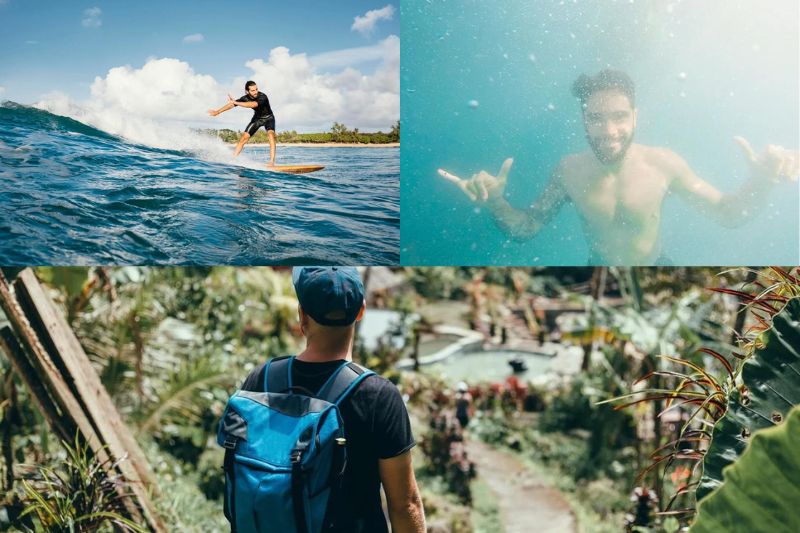
2. Prices and Tourist Crowds: Peak vs. Off-Peak Seasons
Hawaii is a year-round destination, but its tourism peaks and dips based on seasons, school holidays, and major events. These factors can significantly influence travel costs and the overall experience.
- Peak Season: The peak season in Hawaii typically falls between mid-December and late March. This is when tourists flock to the islands to escape the winter chill in other parts of the world, and prices for flights and accommodations rise accordingly. Christmas, New Year, and spring break are especially busy, and popular resorts, activities, and beaches can become crowded. If you’re planning to visit during this time, booking several months in advance is highly recommended to secure accommodations and tours at reasonable prices.
- Off-Peak Season: The best time to avoid large crowds and higher prices is during the shoulder seasons, specifically from mid-April to early June, and from September to mid-November. These months offer pleasant weather, fewer tourists, and more affordable airfare and hotel rates. For travelers seeking a more peaceful Hawaiian experience without breaking the bank, the off-peak seasons are perfect.
3. Hawaiian Festivals and Cultural Events
Part of what makes Hawaii so special is its rich cultural heritage and numerous local festivals. Planning your visit around one of these events can add a unique and authentic touch to your trip.
Spring:
- Merrie Monarch Festival (April): Held in Hilo on the Big Island, this is the most prestigious hula competition in Hawaii, celebrating traditional Hawaiian dance, music, and culture.
- Lei Day (May 1st): A statewide celebration where Hawaiians honor their traditional flower lei, with parades, music, and lei-making competitions.
Summer:
- King Kamehameha Day (June 11): Celebrated across the islands, particularly in Oahu and Big Island, this holiday commemorates the first king of Hawaii with floral parades, hula performances, and cultural exhibitions.
Fall:
- Aloha Festivals (September): This month-long celebration across the islands features parades, Hawaiian music, and hula performances, celebrating the state’s rich history and spirit of aloha.
Winter:
- Christmas & New Year (December): Hawaii puts on festive displays during the holiday season, from parades and fireworks to light shows at popular landmarks. The islands take on a unique charm during this time, blending tropical vibes with holiday cheer.
4. Activities by Season
Depending on what you’re hoping to do in Hawaii, certain seasons may be better suited for your activities of interest.
Winter (November – March):
- If you’re a surfing enthusiast, this is the season for you. The massive winter swells on Oahu’s North Shore create the best surfing conditions, attracting professionals and spectators alike.
- Winter is also prime time for whale watching. Humpback whales migrate to Hawaiian waters, and you can spot them off the coasts of Maui, Lanai, and Big Island.
Summer (April – October):
- If you prefer calmer seas for snorkeling, scuba diving, or stand-up paddleboarding, summer is ideal. The water is clearer and warmer, providing excellent visibility for marine life exploration.
- Hiking and exploring Hawaii’s volcanoes and national parks are also great during summer, as the weather is generally dry, making it easier to trek through trails.
Spring and Fall:
- These shoulder seasons offer the best of both worlds—favorable weather, fewer crowds, and great opportunities for both adventure and relaxation.
- Enjoy scenic drives, cultural tours, and visiting historical landmarks without the summer rush or winter holiday crowd.
II. Conclusion
So, when is the best time to visit Hawaii? It all comes down to your preferences. If you’re seeking to experience Hawaii’s surf culture and whale watching, winter is your season. If you prefer calmer seas, better hiking conditions, and fewer crowds, summer is ideal. For those looking for budget-friendly options and a quieter vacation, consider visiting during the shoulder seasons in spring or fall. Regardless of when you visit, Hawaii promises to offer unforgettable memories with its stunning landscapes, vibrant culture, and endless adventures.
Hawaii is truly a destination that offers something for everyone at any time of the year. Just be sure to align your trip with your specific goals whether it’s adventure, relaxation, or a cultural deep dive and you’re guaranteed to have an amazing time in paradise.
You can explore more about Hawaiian Islands, Hawaiian Shirts and Swim Trunks to discover their unique styles, history, and tips for choosing the right one for you. For a wide range of stylish options, visit Teroprints Shop, where you’ll find a collection of Swim Trunks and Hawaiian Shirts that are perfect for any occasion.
Don’t forget to stay connected with Teroprints on Instagram, Pinterest, and Facebook to keep up with our latest product releases and updates. Follow us for the newest trends and exclusive deals!
You can refer to the articles below for more helpful information:
- 30 Fun Facts about Hawaii
- A Guide to Hawaii’s Culture: From Clothing to Food
- Fun Things to Do on Vacation in Hawaii
- Pros and Cons of Living in Hawaii
FAQs - When is the Best Time to Visit Hawaii?
Winter is also the peak whale-watching season, as humpback whales migrate to Hawaii’s waters from December to April. However, winter is a busy travel time due to the holiday season, and prices for accommodation and flights tend to be higher. Be prepared for larger crowds, especially around Christmas and New Year’s, so early planning and booking are recommended.
Yes, Hawaii is home to several exciting festivals that highlight its unique culture and history. Here are some notable events:
- Merrie Monarch Festival (April): This is Hawaii’s most prestigious hula competition held in Hilo on the Big Island. The week-long event honors King David Kalākaua, who was known as the “Merrie Monarch” for his support of Hawaiian traditions. The festival includes hula performances, a parade, and various cultural exhibitions, offering visitors a deep dive into Hawaiian dance, music, and arts.
- Lei Day (May 1st): Celebrated statewide, Lei Day honors Hawaii’s tradition of making and wearing leis, the beautiful flower garlands that symbolize aloha and affection. Festivities include parades, music, and lei-making competitions.
- Aloha Festivals (September): This month-long celebration spans multiple islands and features parades, Hawaiian music, hula performances, and cultural events. It’s a great way to experience the spirit of aloha firsthand while learning about the islands’ rich history.
- King Kamehameha Day (June 11): Honoring Hawaii’s first king who unified the islands, this statewide celebration includes floral parades, traditional Hawaiian performances, and historical reenactments, especially in Oahu and the Big Island.
Planning your visit around these events can enhance your Hawaiian experience, providing insights into the islands’ traditions and vibrant local culture.
If you prefer a more tranquil experience with fewer tourists, the best time to visit Hawaii is during the shoulder seasons, which are mid-April to early June and September to mid-November. During these periods, you’ll find less crowded beaches, easier access to popular attractions, and shorter wait times at restaurants. Additionally, the islands are generally quieter as they fall between major holidays and school vacations. The weather remains pleasant, so you can still enjoy all the outdoor activities like hiking, snorkeling, and exploring the islands without the hustle and bustle of the peak tourist season. This is also a great time to score better deals on accommodations and flights.

